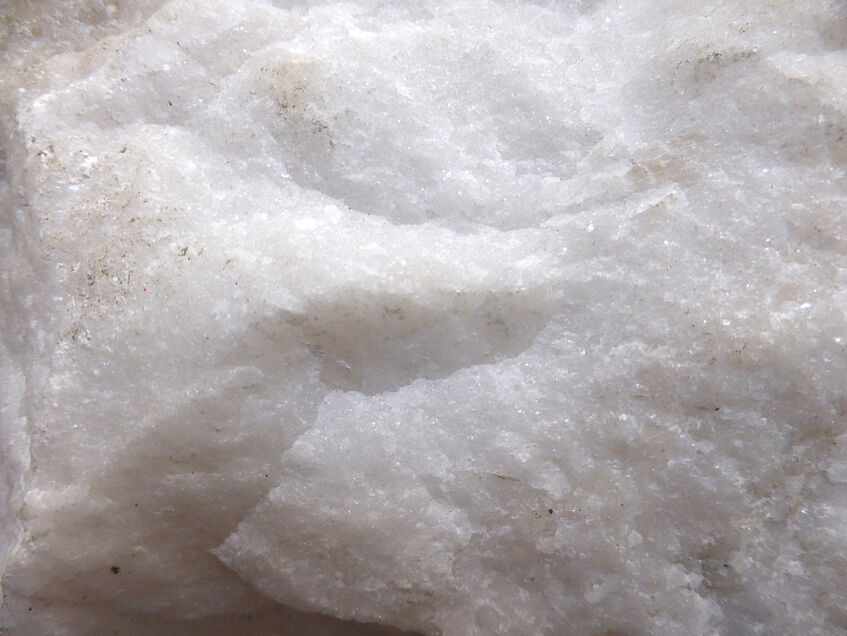The Materiality of Marble in 18th Century French Sculpture
Marthe Kretzschmar
Habilitation project
"Marbre, c'est une pierre opaque, compacte, prenant un beau poli, remplie pour l'ordinaire de veines & de taches de différentes couleurs." The phenomenological description of marble in the Encyclopédie seems to be a matter of course, but it conceals the fact that in the 18th century scientific knowledge about rocks changed fundamentally. During the French Enlightenment, naturalists radically questioned the age, origin and composition of rocks and developed new geological contexts. This paradigmatic change in the history of geology led to the understanding of marble as a witness to a spectacular, distant prehistoric period and to a rethinking of its properties, for example its colour or fossil finds, on a substantial level.
So far, art historical research has paid little attention to marble itself as the supposedly passive counterpart to the form. In addition, material questions were largely excluded from art-theoretical thinking and academic discourses of the 18th century, so this topic was hardly perceived as genuinely art historical. Furthermore, since the marble versions of sculptures were not usually made by the artists alone but by assistants and trainees, the sculptor’s relationship to his material has also hardly been investigated.
The current research project focuses on this relation and analyses marble as a scientific dispositive relating to interests and experiences of sculptors. Have sculptors dealt with the changing scientific perception intellectually? What ideas were associated with marble? What material knowledge was relevant for sculptors in the first place? With these questions, this case study will contribute to an art historical research of materials.

